Join on WhatsApp
Get the latest updates directly on WhatsApp – motivation, news & more!
Houseplants bring life, color, and a sense of calm to any indoor space. They can improve air quality, reduce stress, and even boost creativity. But to keep your green friends thriving, it’s important to pay attention to their needs especially when it comes to repotting. Repotting isn’t just about giving a plant a bigger pot; it’s about ensuring it has enough space, fresh soil, and nutrients to grow healthy and strong. Ignoring the signs that your houseplant needs repotting can stunt its growth or even lead to its decline. Here are five urgent signs that mean it’s time to repot your houseplant right now.
Your Plant’s Roots Are Coming Out of the Drainage Holes
One of the clearest and most immediate signs your houseplant needs repotting is when you start seeing roots poking out of the drainage holes at the bottom of the pot. This means the roots have outgrown the space inside the container and are searching for room to expand. When roots are cramped like this, it’s called being root-bound. Root-bound plants can’t absorb water and nutrients efficiently, which can cause the plant to wilt, yellow, or stop growing.
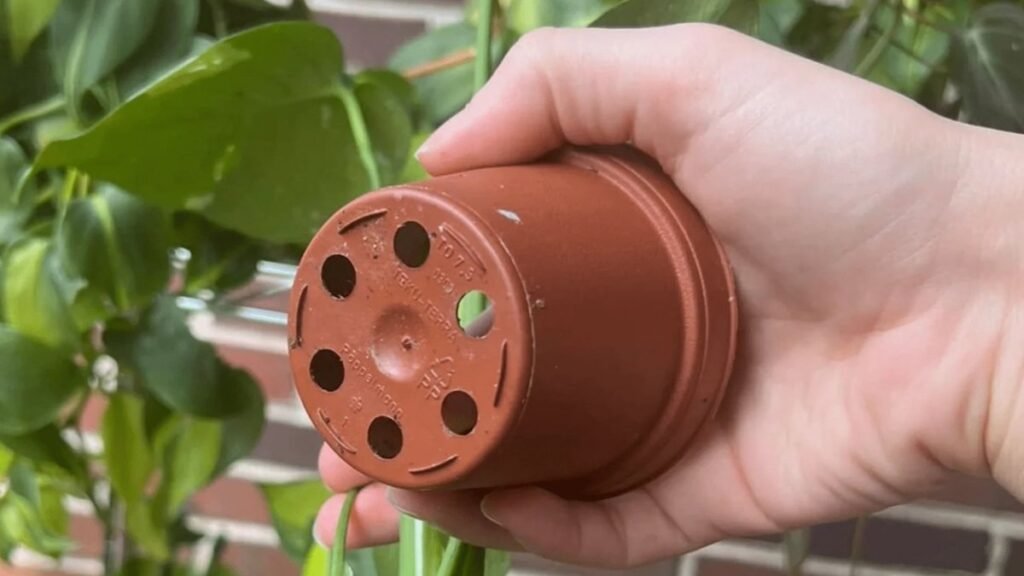
If you notice roots emerging from the bottom of the pot, it’s a good idea to gently remove the plant and check the root ball. If the roots are circling around the edges tightly or are densely packed, it’s definitely time for a bigger pot. Repotting gives the roots room to stretch out and access fresh soil, helping your plant bounce back.
The Soil Dries Out Too Quickly After Watering
Healthy soil retains moisture long enough for the plant roots to absorb it, but if your soil seems bone dry just a day or two after watering, it might be time to repot. When plants become root-bound or the soil has degraded, water drains too fast and doesn’t soak into the root zone properly.
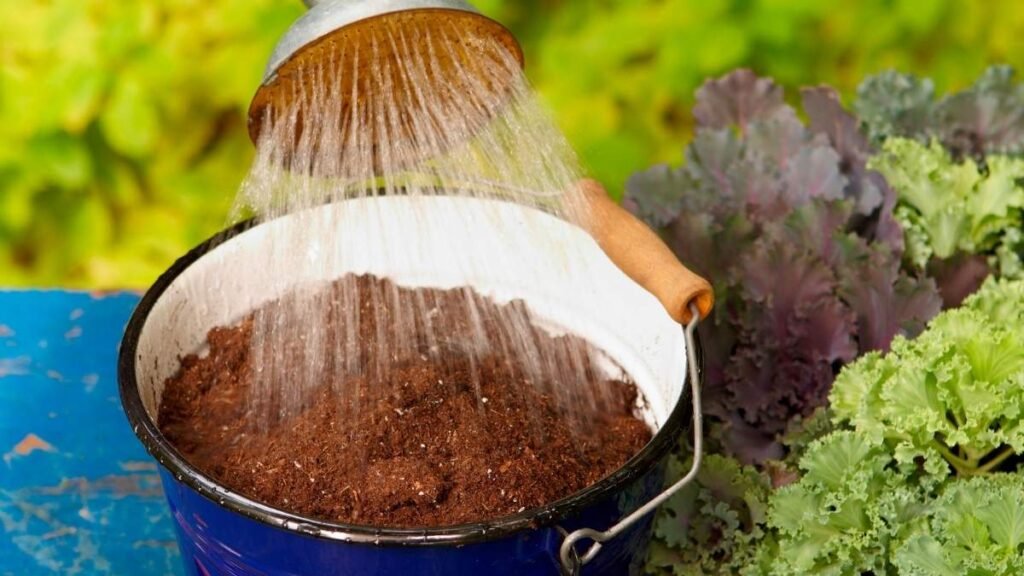
Old soil can also become compacted over time, losing its ability to hold water and nutrients. Repotting refreshes the soil with new organic matter and minerals that help retain moisture. If you find yourself watering your plant more frequently than usual and it still looks thirsty, consider repotting to improve soil health and moisture retention.
Your Plant’s Growth Has Stalled or It’s Shrinking
If your once lively houseplant seems stuck, failing to produce new leaves, or worse, appears to be shrinking, this is a clear sign that it’s time for repotting. Plants that are root-bound or have depleted soil often stop growing because they don’t have the space or nutrients needed to thrive.
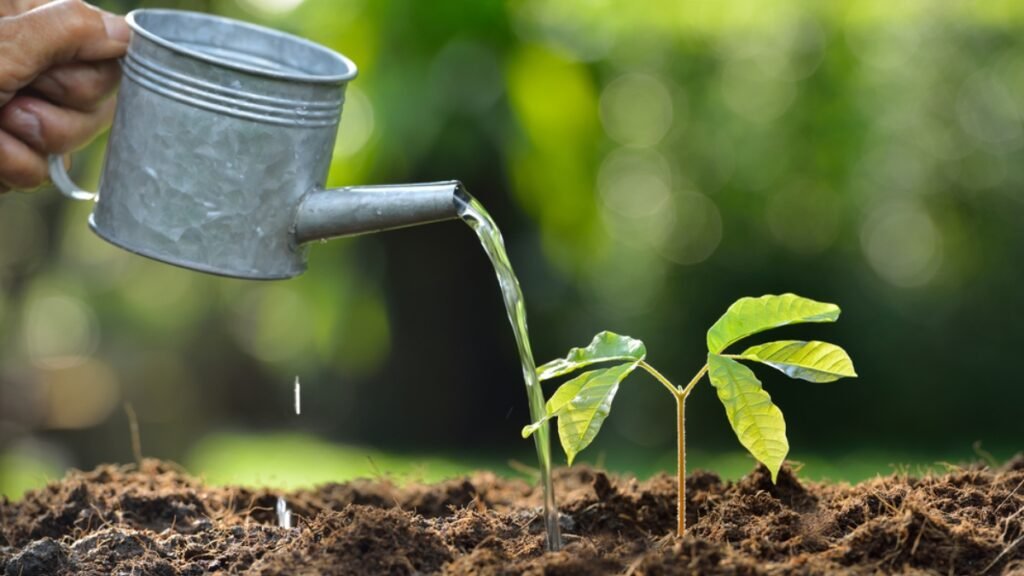
When roots can’t spread out, they start to compete for the limited resources available, causing the plant’s overall health to decline. Repotting provides a fresh start new soil packed with nutrients and a bigger pot that allows roots to spread and absorb more water and food. After repotting, you’ll usually notice a burst of new growth within a few weeks.
The Plant Is Leaning or Becoming Top-Heavy
A plant that leans heavily to one side or looks like it’s about to topple over is begging for a repot. This usually happens when the pot is too small to support the plant’s growing size, especially with tall or bushy plants.
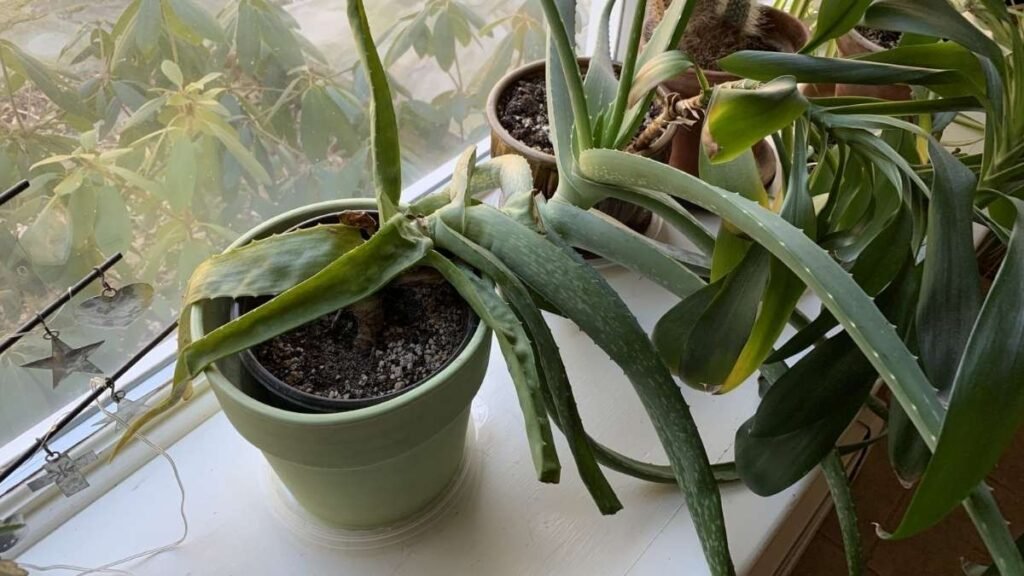
If the root system is cramped, the plant can’t anchor itself properly in the soil, leading to instability. Repotting into a larger, heavier container helps provide better support and balance for your plant. Besides stability, it also helps prevent root damage caused by constant tipping and shifting.
You See Salt or Mineral Buildup on the Soil Surface or Pot
If you notice white crusty deposits on the surface of the soil or around the pot, it’s a sign that salts and minerals have accumulated over time. These deposits usually come from fertilizers or hard tap water and can harm your plant by interfering with its ability to absorb water and nutrients.
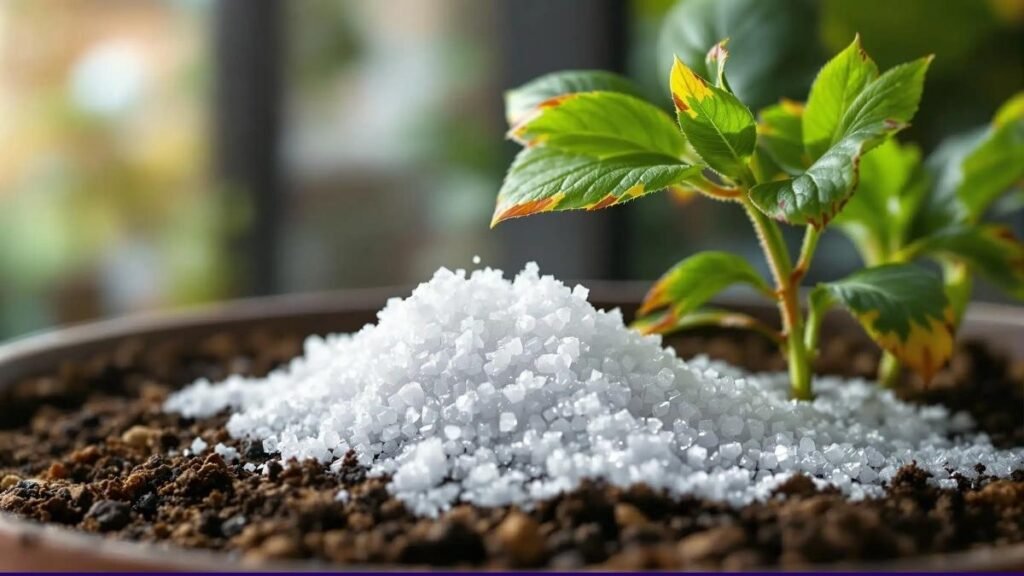
Repotting your houseplant means removing this old, contaminated soil and replacing it with fresh, nutrient-rich soil. This resets the growing environment, allowing the plant to take in moisture and food properly again. If you don’t repot, mineral buildup can lead to root damage and poor plant health.
How to Repot Your Houseplant Safely
Once you’ve identified that your houseplant needs repotting, it’s important to do it carefully to avoid stress or damage to the plant.
Start by choosing a pot that’s one size larger than the current one usually 2 to 4 inches wider in diameter. Make sure it has drainage holes. Gently remove the plant from its current pot by tipping it sideways and easing it out while supporting the base. If the roots are very dense and circling, you can tease them apart slightly or make a few small cuts to encourage new growth.
Discard old soil that looks compacted or contains mineral buildup. Place fresh potting mix in the bottom of the new pot, position the plant in the center, and fill in around the roots with soil, lightly pressing to remove air pockets. Water the plant thoroughly after repotting to help settle the soil.
How Often Should You Repot?
The frequency of repotting depends on the plant species, growth rate, and pot size. Most houseplants benefit from repotting every 1 to 2 years, but fast growers or young plants might need it annually. Keep an eye on the signs above rather than just a calendar schedule plants communicate their needs clearly if you pay attention.
Final Thoughts
Repotting might feel intimidating, but it’s an essential part of houseplant care that keeps your plants healthy, vigorous, and beautiful. Ignoring signs like roots growing out of drainage holes, soil drying too fast, stalled growth, leaning plants, or salt buildup can cause serious issues over time.
By repotting when needed, you give your plants fresh soil, more space to grow, and a better environment to thrive. So, the next time you spot one of these signs, grab a bigger pot, some quality soil, and get your plants the upgrade they deserve.
Your green friends will thank you with lush leaves, stronger stems, and vibrant growth.




